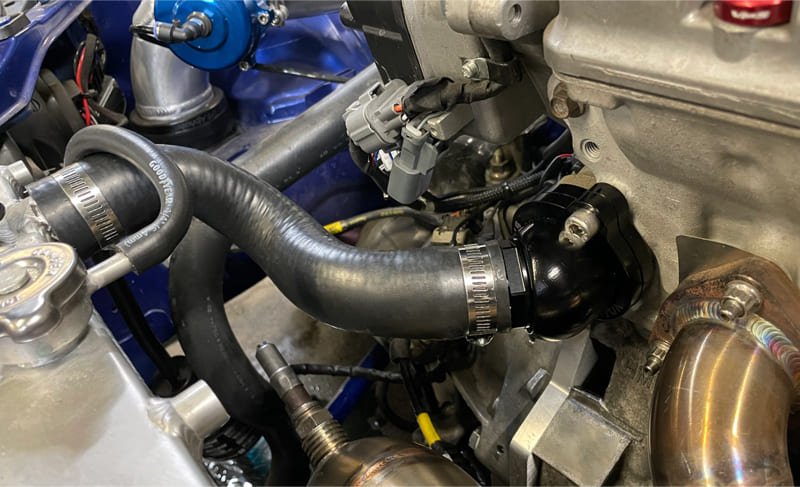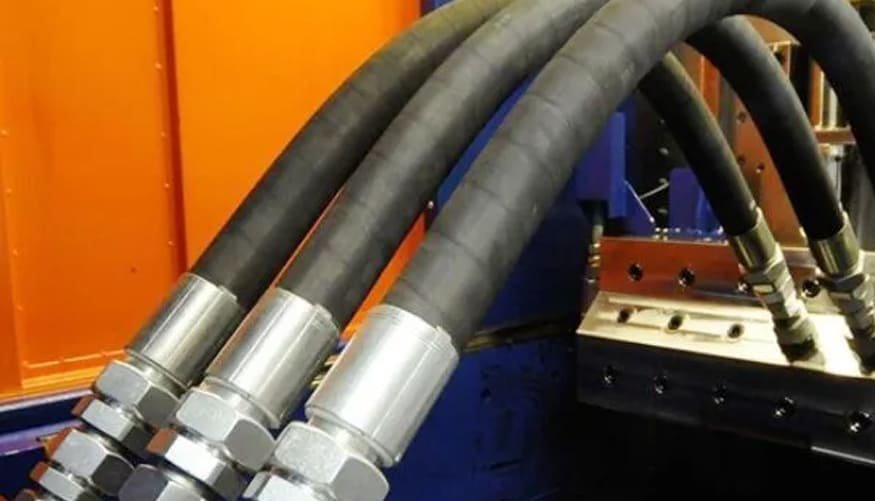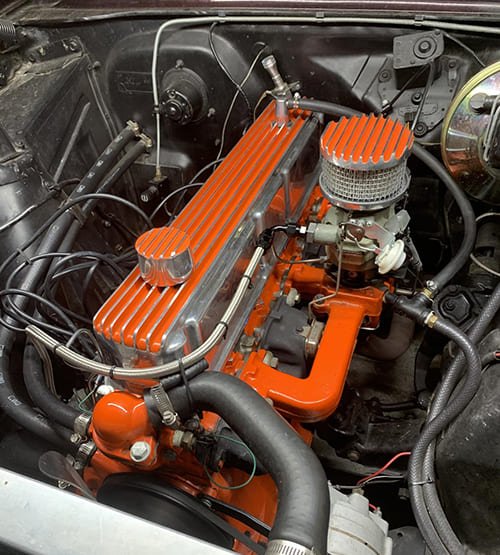If you see coolant leaking inside your car, or the temperature gauge keeps rising, it’s very likely that your radiator hoses are faulty.
They play a crucial role in keeping the engine cool. Ignoring them can lead to serious problems.
This guide will help you understand the potential costs and precautions you should take.
Replacing a radiator hose usually costs between $150 and $350. The hose itself is pretty cheap, normally around $20 to $60. Labor makes up most of the price, and that can range from $100 to $250 depending on the shop and your type of car. The exact cost depends on where the hose is located and the condition of your cooling system.

How much should it cost to replace a radiator hose?

Most people pay between $150 and $350 for this repair. Upper radiator hoses are usually easier to reach and therefore cheaper. Lower radiator hoses may be more expensive because replacement can take longer.
Your price depends on:
- What kind of car you drive
- How much mechanics charge in your area
- Whether you need to replace both hoses
- If you also need to change the coolant or perform additional repairs
- These prices apply to most common sedans, SUVs, and trucks.
Is it worth replacing radiator hoses?
Yes, it’s worth it. Radiator hoses carry coolant through your engine. When one fails, your engine can overheat fast. Overheating repairs can cost hundreds or even thousands of dollars.
What are the symptoms of a bad radiator hose?
You might have a bad radiator hose if you notice:
- Coolant leaking under your car
- Bulges or soft spots on the hose
- Cracks in the rubber
- Steam under the hood
- Your car heating up more than normal
If you see any of these, get the hose checked right away. A small problem can turn into a big one fast.
How long do radiator hoses last?
Most radiator hoses last 5 to 7 years, but this depends on how and where you drive.
They may wear out faster if you:
- Drive in hot weather
- Don’t keep up with coolant changes
- Use cheap hoses
- Do lots of stop-and-go driving
Checking your hoses once in a while helps you catch issues early.
Can you drive with a leaking radiator hose?
You can, but you really shouldn’t.
A leaking hose can drain your coolant quickly, which can cause your engine to overheat. Overheating even once can lead to serious damage. If you must drive, only go a short distance to a repair shop.
If a hose leaks:
- Pull over
- Let your engine cool down
- Add coolant if you have some
- Drive only a short distance
Don’t keep driving like normal. It’s too risky.
What factors affect radiator hose replacement cost?
Several things can change how much you’ll pay:
Hose Location
Upper hoses = usually cheaper
Lower hoses = usually more work
Your Car
Some cars are harder to work on, especially newer or compact models.
Labor Costs
Shops in some areas charge more per hour.
Coolant Change
If your coolant is dirty, you may need a flush, which adds more to the bill.
Other Cooling Problems
If the hose failed because of a radiator leak, bad water pump, or bad thermostat, those repairs cost extra.
Type of Hose
Original hoses from the manufacturer cost more than basic aftermarket ones.
How can you keep your radiator hoses in good shape?
Taking care of your cooling system can make your hoses last longer. You should:
- Check your coolant level once a month
- Look for cracks or leaks
- Change coolant every few years
- Avoid mixing different brands or colors of coolant
- Replace both hoses if one of them fails
Good maintenance keeps your engine safe and prevents breakdowns.
Summary
Replacing radiator hoses is a simple servicing procedure that can prevent serious engine damage. If you notice leaks, cracks, or overheating, check the hoses as soon as possible. If you have any questions or need to purchase radiator hoses, please contact us.

We are a professional radiator hose manufacturer with many years of production experience and can help you solve various problems.




